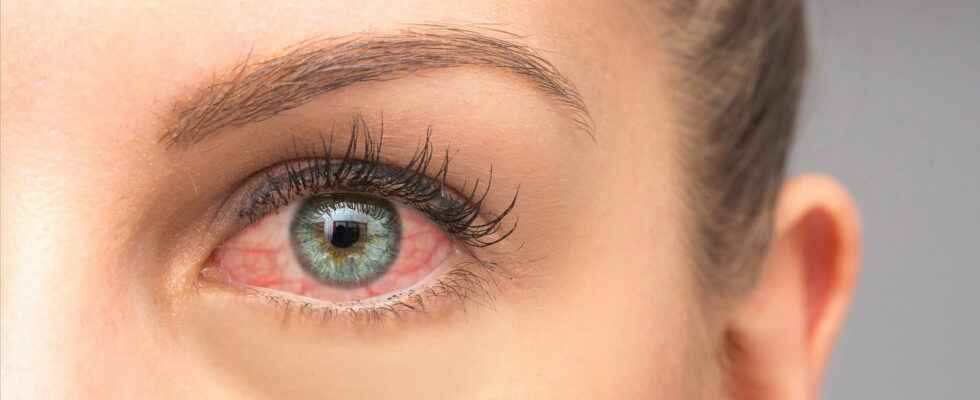Hyperemia consists of a large influx of blood into the vessels. This phenomenon can be functional following a physical effort, or reactive, due to a pathology. Lighting with Dr Judith Loeb Mansour, general practitioner.
Definition: what is functional hyperaemia?
Hyperemia, or blood congestion, is a accumulation of blood in an organ or tissue. This is functional when it occurs naturally and in an appropriate manner following an effort or muscular activity. This is the case during daily physical activities (sport, running after the bus, etc.).
What is reactive hyperemia?
Reactive hyperaemia, on the other hand, occurs abnormally, following a pathological event:
- Occlusion then unclogging of a vessel;
- Inflammation ;
- Infection ;
- Taken from certain treatments;
- Application of products on the skin…
“Concerning the occlusion then the unclogging of a vessel, one must always pay attention to the non-irrigated limb. The non-oxygenated member produces toxic substances. When the obstruction is removed, toxins can be released and it can be dramatic. The procedure must therefore be carried out by emergency physicians“, underlines Dr. Judith Loeb Mansour, general practitioner.
What causes conjunctival hyperaemia?
Conjunctival hyperemia occurs when there is a inflammation of the eye such as conjunctivitis. “It is often of viral, allergic or bacterial origin“, explains Dr. Judith Loeb Mansour, general practitioner. “However, be careful, she warns, if the eye is red, painful and there is loss of vision, it is necessary to go see an ophthalmologist urgently. In the absence of pain and/or loss of visual acuity, you should still see your GP without delay.”
“A doppler can be prescribed to check the circulation of the arteries which irrigate the brain and the lower limbs in order to prevent the risk of thrombosis of an artery. This could lead to a stroke or the cessation of blood supply to a limb, which could lead to amputation. The venous doppler allows to test the vessels which bring the blood that has irrigated the body back to the heart and the lungs. The Doppler makes it possible to diagnose phlebitis (presence of clots) or venous insufficiency“, explains Dr. Loeb Mansour. Hyperemia test or Allen test“explores the patency of the digital arteries and the functioning of the palmar arches“, explains what document description of the French Society of Vascular Medicine. Thus, the practitioner performs compression of the patient’s radial and ulnar arteries to cause post-occlusive reactive hyperaemia. Palmar whitening should appear and then after pressure the color should return within 7 seconds. If this does not happen, it means that the supply of the hand through the artery is insufficient. This makes it possible to evaluate the digital vascularization. This test is often done before an arterial cannula is installed.
To remedy hyperaemia, it is necessary to treat the cause of it. Regarding ocular hyperaemia, often caused by conjunctivitis, it can be treated with washing and sometimes antibiotics or antiallergics. The most important thing is to avoid touching your eyes with your hands to limit contagion.
Thanks to Dr Judith Loeb Mansour, general practitioner and author of: Adventures and misadventures of a country doctor, a life of dreams.
